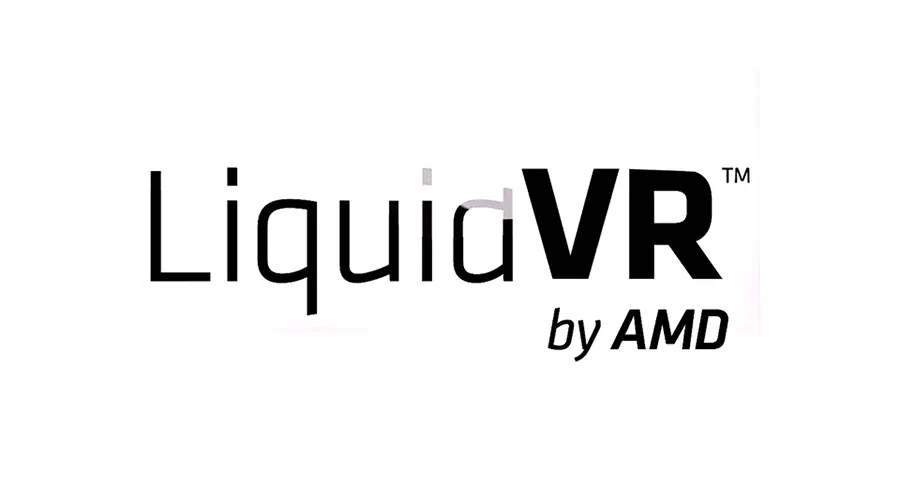
AMD is attempting to take a leading position in virtual reality and augmented reality, announcing the formation of a new Radeon Technologies Group reporting directly to the CEO.
The new group is headed by Raja Koduri, who will oversee all graphics technologies used in the kinds of chips driving gaming systems like the Playstation 4 and Xbox One as well as those driving high-end PC gaming and virtual and augmented reality. Koduri was previously at Apple.
“We have a dedicated team focused on growing our business as we create a unique environment for the best and brightest minds in graphics to be a part of the team re-defining the industry,” Koduri said in a prepared statement.
The formation of the group is also designed to strengthen AMD’s position in traditional graphics markets powering laptops and desktops, where AMD has had a tough time competing against NVIDIA and Intel, each respectively taking the lion’s share of the market in graphics and central processing chips.
Koduri is credited with driving the LiquidVR initiative at AMD which is designed to drive a consistent frame rate in VR and reduce the delay (to less than 10 milliseconds) between moving your head and seeing that movement reflected in the visuals you see of a virtual world. Reducing that delay increases overall comfort in VR.
It is worth noting the realignment at AMD in the broader context of Qualcomm reportedly exploring the sale of its augmented reality unit along with cutting 15 percent of its staff earlier this year (along with similarly-sized cuts at Samsung and HTC). In addition, this year, Google reorganized its company, Microsoft imposed massive layoffs, Apple is quietly acquiring companies for mixed reality, Sony is prepping Morpheus and Facebook is building Rift.
Put all those data points together and AMD’s realignment is another example of an enormous technological transition as the mobile market solidifies around a couple winners — namely, Apple and Google. All the major technology players from the chip layer to the consumer-facing device manufacturer are fighting for profits as mobile, console and PC markets are merging into ubiquitous computers. Amid this shift, all signs are pointing to the next generation of computer being strapped to your face for mixed reality and AMD wants to provide the graphics chips drawing those virtual objects and virtual worlds.

























